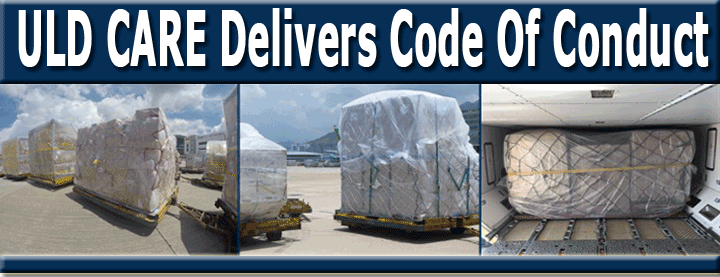
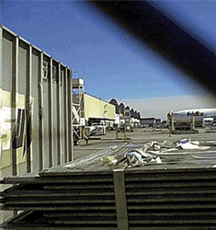 A
ULD being loaded onto the main deck or slipped into the belly of a wide
body passenger aircraft is the money shot in any air cargo message of
late.
A
ULD being loaded onto the main deck or slipped into the belly of a wide
body passenger aircraft is the money shot in any air cargo message of
late.
But what about the ULDs, aka “silent
partners,” of our air cargo enterprise?
Watching the daily ballet of ULDs being
loaded and unloaded from aircraft at the airport, it is easy to step
back a bit and wonder about the stories they might tell.
I recall just a couple years ago out at
JFK Airport casting a long steady gaze at a somewhat dented can sitting
alongside the old Lufthansa Building 260, the airport facility where
the German carrier pioneered all-cargo main deck B747F service from
Frankfurt to New York in 1972.
But this can had the words “Seaboard
World” printed on it and that brought back even more memories
to a time when SWA and LAAC operated competing B747Fs across the Atlantic
from adjacent cargo facilities at JFK.
Not Alone In My
Thoughts
When it comes to ULDs in 2018 and beyond,
the “Go-To Guys” are Bob Rogers and Urs Wiesendanger.
Both have served over the years as lightening
rods for a Canadian organization devoted to ULDs called ULD CARE.
ULD CARE is a not-for-profit corporation.
Having started life in the 70s as an IATA
special interest group (then named the Interline ULD User Group-IULDUG)
and subsequently split off to become an independent not-for-profit entity,
ULD CARE retains a close link to IATA through an MOU.
ULD CARE also maintains a close contact
with the Cargo Focus Group at the FAA.
Its membership is open to organizations
whose scope encompasses any aircraft unit load device (ULD) activity.
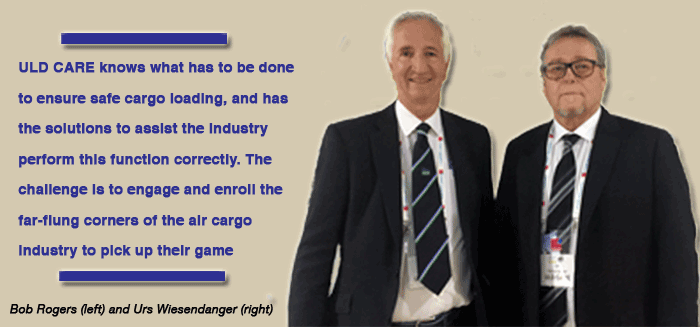 |
The Two
& Only
How great to encounter the two most activist
ULD spokesmen in the world, Urs Wiesendanger, President, ULD CARE, Air
Canada (retired), and Bob Rogers, Vice President ULD CARE, Senior Advisor
Nordisk, at the recent IATA World Cargo Symposium in Dallas, Texas.
The dynamic duo Urs & Bob make their
case, pulling no punches, keeping it simple, laying it on the line.
“ULD CARE is at the forefront in
advancing compliant, safe, and efficient ULD operations,” Bob
Rogers told FlyingTypers.
“Over the past 40 years, we have
evolved from an interlining tracking system to a provider of comprehensive
solutions that advance ULD handling for the air cargo industry.”
ULDs Taken
For Granted
“The global air cargo industry,”
Bob Rogers said, “faces many challenges and demands, and with
a few exceptions ULD operations are taken for granted, expected to be
available and useable when needed, but often put to use in conditions
characterised by inadequate infrastructure and under trained personnel,
totally unsuitable for what are essentially aircraft equipment that
perform an essential flight safety function and are not just a piece
of material handling equipment (MHE).”
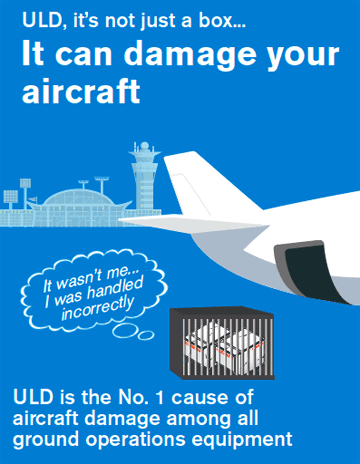 A
Fatal Flaw
A
Fatal Flaw
Major (fatal) crashes in 1997 (Fine Air
101) and 2013 (National Air Cargo), both attributable to non-complaint
cargo restraint leading to cargo shift and loss of control of the aircraft,
require a “sea change” in the approach to safety around
cargo loading. All too often, the basics of weight and balance compliance
and load restraint are overshadowed by DG and security.
“There is today a significant gap
between what at least some national aviation authorities (NAAs) including
the FAA expect from the airlines under their jurisdiction in terms of
ULD operations, while on the other hand the unregulated ground handling,
cargo terminal, and freight forwarding sectors places very limited attention
on ensuring that only airworthy ULD loaded correctly are delivered to
the aircraft and that handling infrastructure and activities minimize
the damage to ULD, which are lightweight aircraft equipment, and not
some piece of MHE to be hammered around the warehouse or ramp,”
Bob Rogers said.
ULD CARE
Punches Above Its Weight
“In its ongoing evolution, ULD CARE’s
primary focus is to first create solutions that will support the correct
use of ULDs and then promote these solutions using the limited resources
of ULD CARE,” said Urs.
“As a not-for-profit trade association,
we rely very much on the efforts of volunteers to give their time and
expertise, however we believe that with the portfolio we now bring to
the industry, ULD CARE punches well above its weight.”
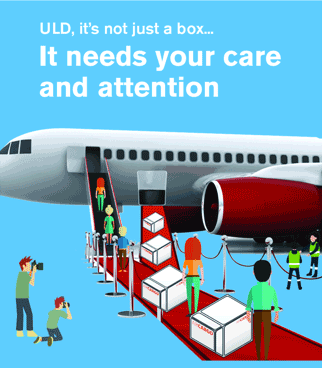 Time
For Code Of Conduct
Time
For Code Of Conduct
“2018 sees the launch of the ULD
Code of Conduct, a first for this industry,” Mr. Rogers declares.
“CofCs are widespread in many industries but are not common in
aviation due to the highly regulated nature of aviation.
“However, ground handling, cargo
terminal, and freight forwarder activities fall outside the aviation
regulatory footprint, and with the airlines having outsourced these
activities there exists a considerable vacuum when it comes to adequate
ULD operations.
“Individual airlines may well have
their own campaigns to promote quality in ULD operations, but against
an overwhelming lack of awareness (interest?) across the various sectors
of the industry, one airline will struggle to achieve anything significant,”
Bob Rogers added.
ULD Care
Challenges Ahead
“Air Cargo is a multibillion 24/7
global operation and making changes is very challenging, all too often
it takes major accident to trigger sufficient attention,” Bob
Rogers said.
“ULD CARE knows what has to be done
to ensure safe cargo loading, and has the solutions to assist the industry
perform this function correctly. The challenge is to engage and enroll
the far-flung corners of the air cargo industry to pick up their game.”
Why ULD
Code Of Conduct Matters
“You cannot go a week without reading
about some new facility for Pharma,” Bob Rogers insists.
“Pharma is a very, very large part
of air cargo and attracts a great deal of interest.
“Yet the treatment of the costly
and complex Temperature Controlled Containers that are a foundation
of this activity falls far short of what is needed, increasing both
operating costs and operational failures.
“Similarly, Fire Containment Covers
and Fire Resistant Containers can provide a vital layer of protection
against Lithium Battery fires, a major risk on some trade lanes.
“But these items are both costly
and require proper handling, so often are not present in day to day
operations.”
“ULD CARE’s primary vehicle
for change,” Urs Wiesendanger declares, “is the ULD Code
of Conduct.”
“The ULD CARE Code of Conduct,”
Bob Rogers insists, “introduces an appropriate element of quality
into ULD operations, distilling down into a simple, easy to comprehend
statement of intent the core principles applicable to flight safe ULD
operations and handling.
“Based on and complimenting the
IATA ULD Regulations, which can be considered to be the ‘bible’
for all ULD operations, it is the intention that the code become the
basis for ULD operational standards in organisations regardless of size
and scale,” he said.
Rally Around
The Banner
“ULD CARE,” Bob and Urs point
up, “remains the only body dedicated specifically to the promulgation
of ULD practices.
“With around 65 airline members
and about 25 related members such as ULD manufacturers, ULD CARE is
in a unique position to drive ULD specific initiatives.
“In terms of cooperations, we look
to similar trade associations such as ASA, industry publications, freight
forwarder associations, and anyone with a vested interest in improving
ULD operating standards to assist in driving our message outward.”
When Is The Mission Accomplished?
“Easy answer,” is the word
in chorus.
“ULD CARE strives for 100 percent
safe ULDs on aircraft, supported by ground operations that use adequate
facilities and infrastructure and staffed with adequately trained personnel
who know the difference between right and wrong when it comes to ULD!
“Perhaps such an ambition wont happen
overnight, and no doubt adoption will take time.
“But every bit is a step in the
right direction.
“Ideally if a number of the larger
entities take the Code of Conduct on board, we will gain momentum.”
https://www.uldcare.com/
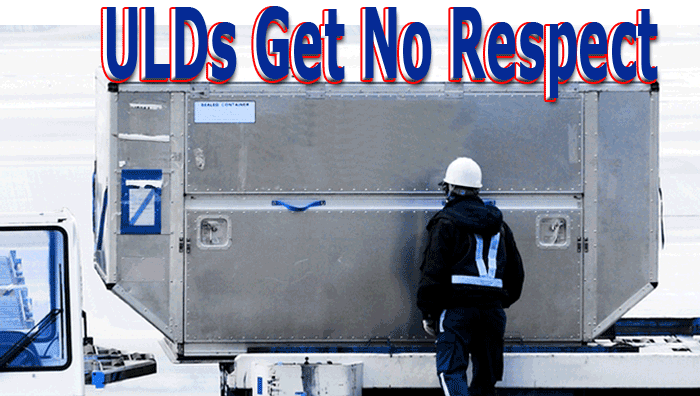
A common saying
goes, “you can’t see the forest for the trees.”
This also seems to be true for the
ULD (or Unit Load Device).
Most everyone in the air cargo business
can identify the common types of ULDs and has seen them in all-day
use for the purpose of carrying cargo, mail, and baggage.
Few people, however, are familiar
with the latest developments around ULDs, the requirements applicable
to their use, and the regulatory background edicts for their usage.
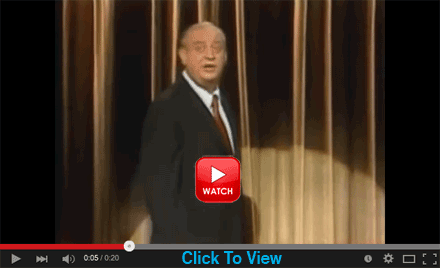 Thinking
about ULDs and their common perception in our business, we are reminded
of the great American comedian Rodney Dangerfield who used to tell
his audience about his woes and travails: Thinking
about ULDs and their common perception in our business, we are reminded
of the great American comedian Rodney Dangerfield who used to tell
his audience about his woes and travails:
“You see, I get no respect,”
Rodney would say, and that phrase usually brought down the house.
Legally speaking, ULDs are part of
the aircraft’s equipment and thus subject to stringent airworthiness
requirements.
In other words: A surplus of
missing rivets, damaged doors or locks, bent edges, broken base
plates as well as improper repairs, the wrong tiedown equipment,
and overload or unevenly distributed load will cause the ULD to
be used out of its specifications and thus not be in compliance
with applicable FAA, EASA, and IATA rules.
Aircraft manufacturers including Airbus
and Boeing as well as ULD manufacturers have developed stringent
guidelines which, apart from airline-internal guidance such as the
COM (Cargo Operations Manual) or the ASM (Airport Services Manual)
can most easily be viewed in the IATA AHM (Airport Handling Manual)
in its current 38th Edition and the IATA ULD Regulations in its
current 6th edition (the IATA ULD regulations have replaced the
IATA UTM, the ULD Technical Manual, about three years ago, when
the manual was revamped and substantially updated).
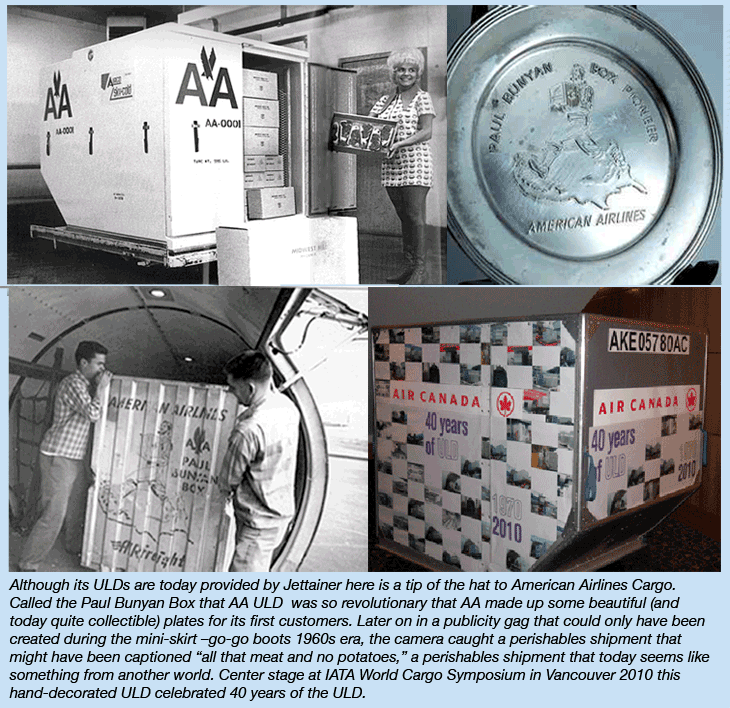 |
Geoffrey
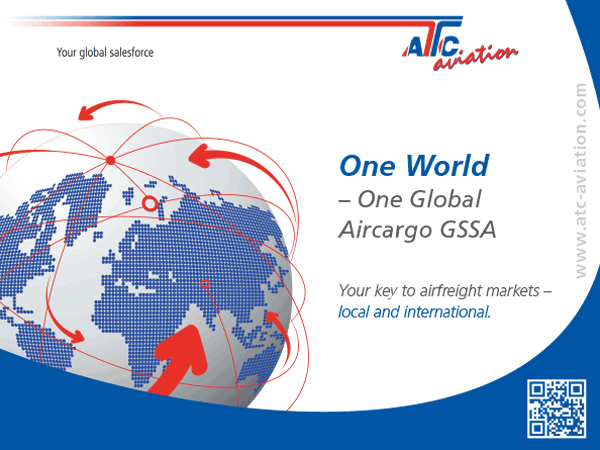



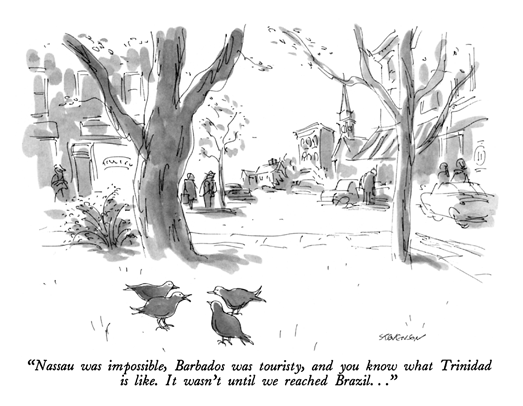

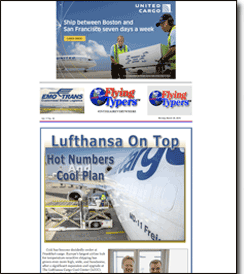
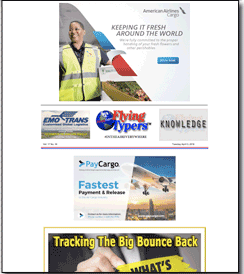 Vol.
17 No. 19
Vol.
17 No. 19